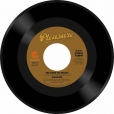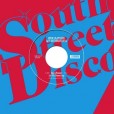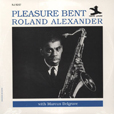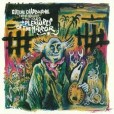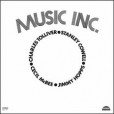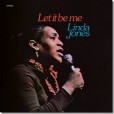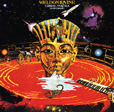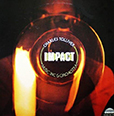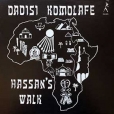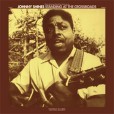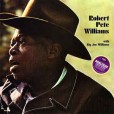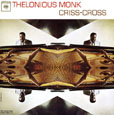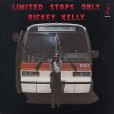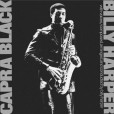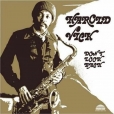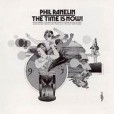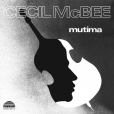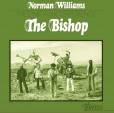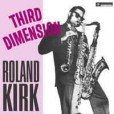Your basket is empty

Titles inspired by Johnny Griffin’s sojourn in Pentonville nick (for outstanding income tax) at the start of a Ronnie Scott’s stint earlier in the year. With clarinettist Tony Coe on song; Sahib Shihab and co.
Hard bop from 1961: a quintet including Marcus ‘Gemini’ Belgrave, Ronnie ‘Doin The Thang’ Mathews, and Gene Hunt, from Horace Silver’s band.
Terrific big band music from 1970. What a lineup— built around a core of Tolliver, Stanley Cowell, Cecil McBee and Jimmy Hopps, but also featuring all-time greats like Clifford Jordan, Jimmy Heath and Curtis Fuller.
His ambitious 1974 breakthrough as leader, superbly mixing funk and jazz improvisation on a major-label recording budget, with strong political and spiritual themes, even a nod to the Duke.
Her third Columbia, from 1970.
With Muscle Shoals crew on side one — Roger Hawkins, Eddie Hinton, Barry Beckett and co — and a lineup convening the Armenian oud-plyer Ashod Garabedian, Duane Allman and Alice Coltrane, on side two.
‘I love my country as it dies in war and pain before my eyes. I walk the streets where disrespect has been. The sins of politics, the politics of sin, the heartlessness that darkens my soul… on Christmas.’
Stone-classic country blues album recorded by Pete Welding for Testament in 1970. Just singing and slide guitar, still crackling and luminous with the time Shines knocked around with Robert Johnson in the mid-30s.
“Blues is like death. Blues is when you are lost. Blues is when you are depressed but don’t know why you are depressed.”
It’s a must.
Terrific 1963 date with Charlie Rouse, John Ore and Frankie Dunlop.
Originals and standards; nothing Monk hadn’t recorded before. Bubbling, chewy versions of Hackensack and Rhythm-A-Ning; a fabulous, seven-minute, solo Don’t Blame Me.
As Baroness Nica notes poshly on the sleeve, ‘this is the happiest of albums, leaving one with an extraordinary feeling of elation.’
Pushing on from his soul-jazz accomplishments — classic burners like Steppin’ Out for Blue Note, with Grant Green — this a terrific set of personal, spiritual funky jazz, self-produced in 1974 (when Vick was working for Aretha). The six original compositions are fully flavoured by an expanded horn section — including Charles Earland’s trumpeter Virgil Jones, and French horn player Kiane Zawadi, fresh from Shepp’s Attica Blues — and the Fender Rhodes of Joe Bonner, in from Pharoah Sanders’ group, and Oneness Of Juju. Vick himself is on fire.
With bassist Roberto Miranda and drummer Sonship in 1981.
Featuring a tremendous, side-long reading of Dark Tree.
The Arkestra first started rehearsing at pianist Linda Hill’s house in the early 1960s. ‘In a few months, we’d built up from seven or eight to about eighteen cats, musicians started living there,’ Tapscott recalls in his autobiography. ‘People got involved with the Arkestra like it was their life’s work.’
Opening with the spiritual jazz epic Leland’s Song — a duet with flautist Adele Sebastian — this LP was recorded for Nimbus West by Hill in 1981, with fellow Arkestra members including Sabir Matteen, Roberto Miranda and Everett Brown Jr.
A 1976 recording by this mainstay of the San Francisco jazz scene across the decades, who played with everyone from Sonny Stitt to Pharoah Sanders.
A message from Eddie Henderson…
‘It’s time. It’s time for all to hear the Bishop proclaim spiritual truths in his church, the One Mind Temple, dedicated to the spirit of John Coltrane. The time is also overdue for all to hear the Bishop proclaim musical truths through the medium of his alto saxophone. My first few gigs in 1962 were with the Bishop’s band. I’ll never forget what an inspiration it was for me learning how to play while standing next to the Bishop, who already had it together. I’m sure after hearing the Bishop, you will also agree that his time has come.’
Raw, blue, and sensational, with Kirk playing the tenor sax, manzello, and stritch simultaneously. Originally released by King in 1956, entitled Triple Threat.
